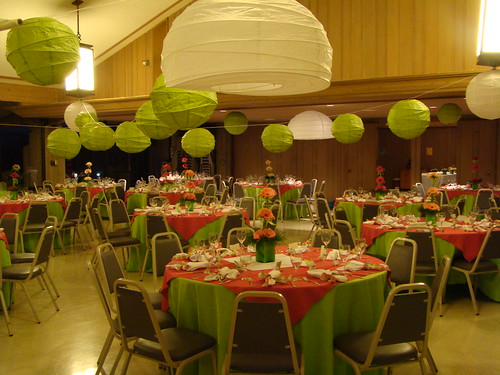There’s been a flurry of interest of late in the bat mitzvah, a religious rite of passage that marks the Jewish girl’s coming of age. It takes the form of panel discussions about ritual practice and performances of actual bat mitzvah speeches as well as a national collection effort to gather bat mitzvah paraphernalia. Fascination with the bat mitzvah even culminates in a travelling exhibition, Bat Mitzvah Comes of Age, which was made possible by the National Museum of American Jewish History and Moving Traditions. Wherever you turn, the bat mitzvah is in the news.
Making its debut in New York in March 1922, the very first documented bat mitzvah was that of Judith Kaplan, the daughter of Rabbi Mordecai M. Kaplan, whose lively imagination and innovative spirit left a profound, and enduring, imprint on virtually every aspect of American Jewish life.

Today the bat mitzvah has become so integral a part of the American Jewish landscape that it’s hard to imagine a time when it wasn’t. But ninety years ago, Judith Kaplan’s coming of age ceremony was a modest and unassuming bit of business -- more of an intimate family affair than a provocative, far-reaching communal innovation.
As it gained momentum and increasingly caught on among American Jewish girls and their parents, this newfangled rite of passage -- a 20th century phenomenon, through and through -- occasioned more than its fair share of controversy, especially among traditionally-minded congregants who had not grown up with it. The bar mitzvah, after all, dates as far back as the 13th century. By comparison, the bat mitzvah is a Johnny-come-lately, a ritual without a pedigree.
But no more. A resounding testament to the ways in which modernity has enriched rather than diminished the modern Jewish experience, the bat mitzvah is here to stay.
I can point to any number of indices that reflect just how entrenched this ritual celebration has become, but something I heard recently while dining at Princeton University’s Prospect House brought it home. Showing a prospective client around the elegant premises, which had once been the residence of the university’s presidents, among them, Woodrow Wilson, the manager of the facility proudly related that, these days, Prospect hosts faculty lunches and dinners, weddings and, above all, many a bat mitzvah.

